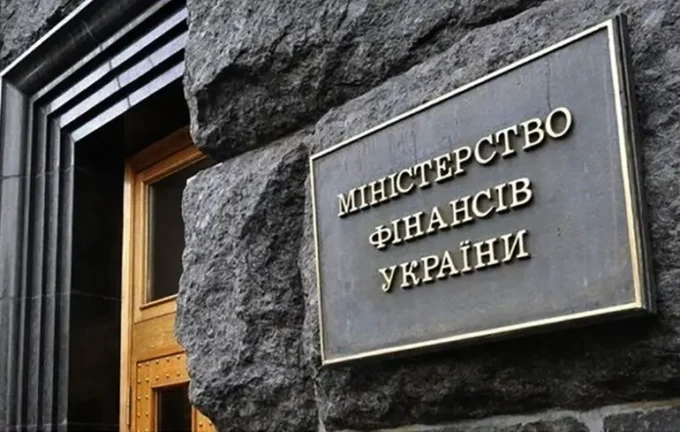Ukraine Secures Over $22 Billion in External Funding in First Half of 2025 and Prepares for New Budgetary Challenges

In the first half of 2025, Ukraine successfully attracted more than 22 billion US dollars in external financial support for its State Budget — a significant achievement highlighting the growing international backing amid ongoing conflict. Official reports released on July 3 by Ukraine’s Ministry of Finance reveal that global donors and partner organizations have fully delivered the targeted funds, particularly in social and humanitarian sectors. Meanwhile, the country continues to allocate substantial internal resources towards ensuring national security and defense, maintaining this focus as a top priority. The main contributors to external aid include G7 countries and the European Union, which provided a combined total of 17.6 billion dollars through mechanisms like ERA (Extraordinary Revenue Acceleration for Ukraine), funded by revenues from frozen Russian assets. Additionally, the European Union contributed €3.8 billion under the Ukraine Facility program, offering grants and concessional loans critical for stabilizing Ukraine’s economy. The International Monetary Fund allocated $400 million following successful completion of the seventh review of the Extended Fund Facility program. Japan extended assistance through a $190 million project aimed at strengthening national transportation resilience and upgrading infrastructure, while the World Bank supplied an additional $50 million to support healthcare system improvements through the THRIVE project. Ukraine’s total external funding needs until the end of 2025 are projected at $39.3 billion, prompting the Ministry of Finance to actively pursue new sources of financial support. One key mechanism remains the ERA initiative, which anticipates up to $50 billion in loans, repayable and serviceable through proceeds from future revenues from frozen Russian assets. By 2025, Ukraine has already received $17.6 billion through ERA, and in April, the EU granted €3.5 billion in financial support—€3.1 billion as concessional loans and €400 million as grants. The IMF also approved an additional $400 million following the second review of its program. Significantly, aid extends to critical infrastructure and health sectors: Japan’s contribution for the DRIVE project supports road network upgrades, bridges, and transportation safety, while the World Bank’s THRIVE project aims to enhance Ukraine’s healthcare system with improved medical guarantees. These cumulative efforts have enabled Ukraine to maintain stability during the ongoing full-scale war. Since the onset of hostilities, international partners have directed over $137 billion toward Ukraine, underscoring the unwavering global commitment to its sovereignty and economic rebuilding. Looking ahead, Ukrainian policymakers are preparing for multiple development scenarios in the medium term. On June 27, the Cabinet of Ministers approved the Budget Declaration for 2026–2028, outlining key parameters and fiscal priorities. The document considers two possible scenarios: one optimistic, assuming security improvement from 2026 based on macroeconomic forecasts, and one pessimistic, assuming continued full-scale conflict, which would require sustained high expenditures on defense and security sectors.

